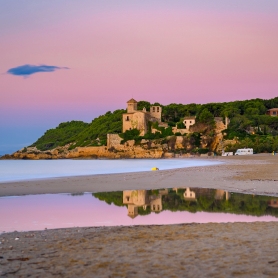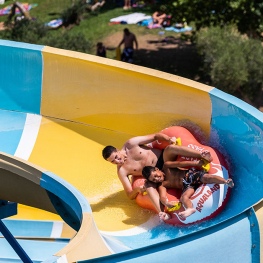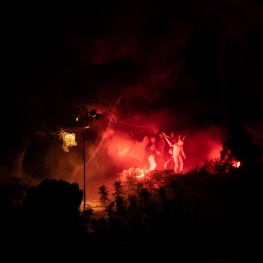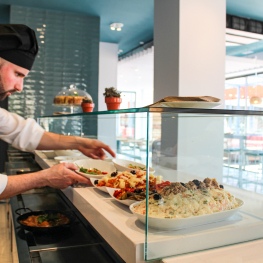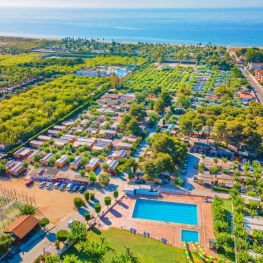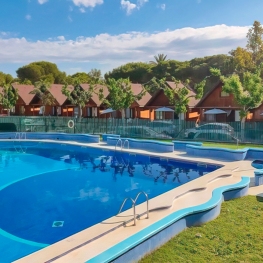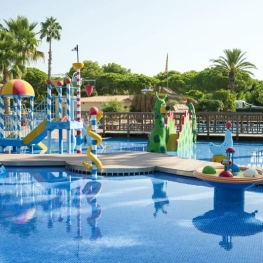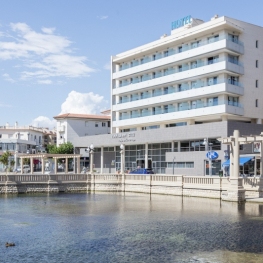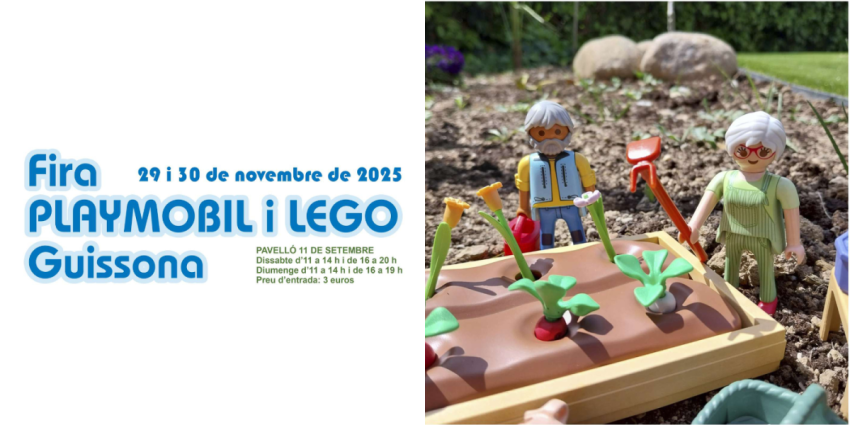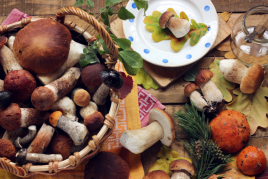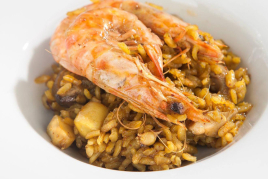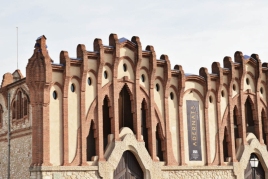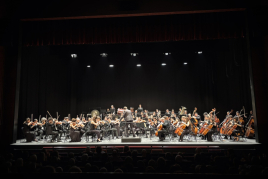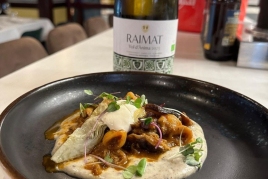Route along the Camino de Ronda de Roda de Berá
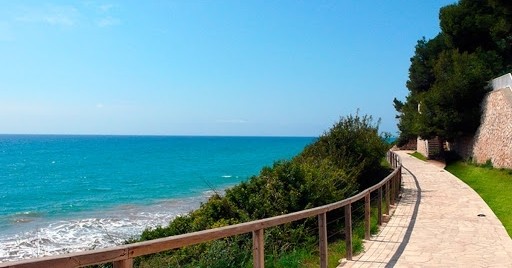
The Camino de Ronda de Roda de Berá is a route of low difficulty of about 9 kilometers long that will discover magical environments of the municipality.
From the Plaza de la Sardana in Mas Roig
We start from the Plaza de la Sardana, to the left C / Nueva, one of the streets of the town that still preserves the views of the sea. We passed by the fountain, a crowded corner to chat and take the fresh air. We arrive at the first roundabout on Sant Jordi avenue, the gateway to the town center; we go through C / Tarragonès until we reach the highway bridge. Just cross it, we turn left onto the road to San Salvador.
We walked parallel to the highway. For a long way, to the right, we will see all kinds of trees, from a farm with multiple fruit trees to a field of olive trees. We see a yellow windmill and pass a chicken farm with horses, the municipal warehouse, a half-abandoned house and some burned areas that are beginning to sprout.
Without leaving the paved road, we arrive at the Mas Roig urbanization. We enter through C / Torredembarra and cross Nacional 340 through the underground tunnel, entering Bera.
From Mas Roig el Roc de Sant Gaietà
We head towards the sea through C / Ponferrada. On the left we see a communal area full of trees and plants distributed in various areas; We cross the Calle Reina Fabiola and take the avenue de Bonastre and arrive at the Plaza del Cantábrico, adorned by some curious trees with exotic flowers that are known by the name of "pelucos". There is the church of San Lorenzo.
We crossed the train track through the underpass; we arrived at the quiet Plaza del Mediterráneo, near the sea. We turn right to enter the Roc de Sant Gaietà gardens where we find El Cupot, a picturesque rock with holes through which the water penetrates, especially on rough seas. Inside the Roc we can also visit the Civic Center "La Roca Foradada" where we can see the museum of Radio Luis del Olmo (permanent exhibition of radios given by Mr. Luis del Olmo).
From the Roc de Sant Gaietà to the Hermitage of Berá
We leave the Roc and take the promenade, the Ronda road, which connects the Roc with the Berá hermitage. We see the small beach of Capellans and the Flat Rock, until we reach the stairs that lead to the hermitage of the Virgen de Berà, which was the object of passionate popular defense when the managers of the residence wanted to turn it into a private cult center. Every Easter Monday a meeting of sardanas is held with a meal attended by a large number of neighbors. The hermitage, due to its location and surroundings, is a place that, by itself, deserves a visit.
From the Hermitage of Bará in the Arch of Berá
We left the hermitage of Bará and went to the street of the same name after passing under the train tracks, we turned right, we walked parallel to the tracks in a street uphill. We continue along C / Mallorca, to the left, and we go down until we reach the Plaza de España with its characteristic pine trees. Next to the square, in a small recreational area, we can admire the oldest centenary holm oak in the municipality.
From the centenary holm oak, through C / Belgium and the new Avenida de Europa, we arrive at the Arco de Berá, built on the Via Augusta, in the 1st century BC, in honor of the Emperor Augustus and under the mandate of Lucio Licinio Sura. It consists of a single arch and two Corinthian pilasters on each side and is 2.28 m high. Its stability is one of its most important characteristics, before it was 1.5 m. taller with large stones located on top, which eventually fell. During the civil war, the head of the Popular Front tried to blow up the Arch to prevent the advance of the army, but it only opened holes and fortunately it remained standing. In 2001 it was declared a World Heritage Site by UNESCO.
From the Arch of Berá in the Plaza de la Sardana
Next to the Arch we find the old Can Pilas farmhouse, today in ruins, but thanks to them, you can guess the splendor it had in its time. The entrance of cypress trees, although it impresses when you walk. Behind the house there is a hundred-year-old oak, the laundry rooms and a waterwheel. We left the farm and went into the forest; we see the windmill again, now closer. Then we turn left to take the road to Bará. We go through the Virgilio warehouse, following the asphalt road we arrive back at the highway bridge, at the entrance to Roda and from there, by the same path, the starting point.
Source: Town Hall of Roda de Berà
What to do
Celler Vives Ambrós
Montferri (a 11.6 Km)Nestled in the heart of the Alt Camp wine region, in Montferri,…
Aqualeón Water Park
Albinyana (a 5.4 Km)Aqualeon Water Park, which covers an area of 80,000 square meters, has…
Pessebre Vivent Pobla de Montornès
La Pobla de Montornès (a 3.8 Km)A living nativity scene is a representation of the birth of Jesus…
Where to eat
Arena Tapas Restaurant
Salou (a 29.6 Km)Enjoy an innovative cuisine, with high-quality local products of proximity, with an…
Where to sleep
Camping Capfun Alba
Creixell (a 3 Km)Located on the Costa Daurada, 150m from the beaches, the Capfun Alba…
Càmping Arc de Barà
Roda de Berà (a 1.9 Km)Arc de Barà is a very family-friendly campsite 60 meters from the…
Càmping Stel
Roda de Berà (a 2.1 Km)Camping bungalow on the beach of the Costa Daurada, with modern facilities…
Hotel Balneari Platja de Comarruga
El Vendrell (a 5.7 Km)Spectacular resort located near the sea to enjoy the marine environment and…


